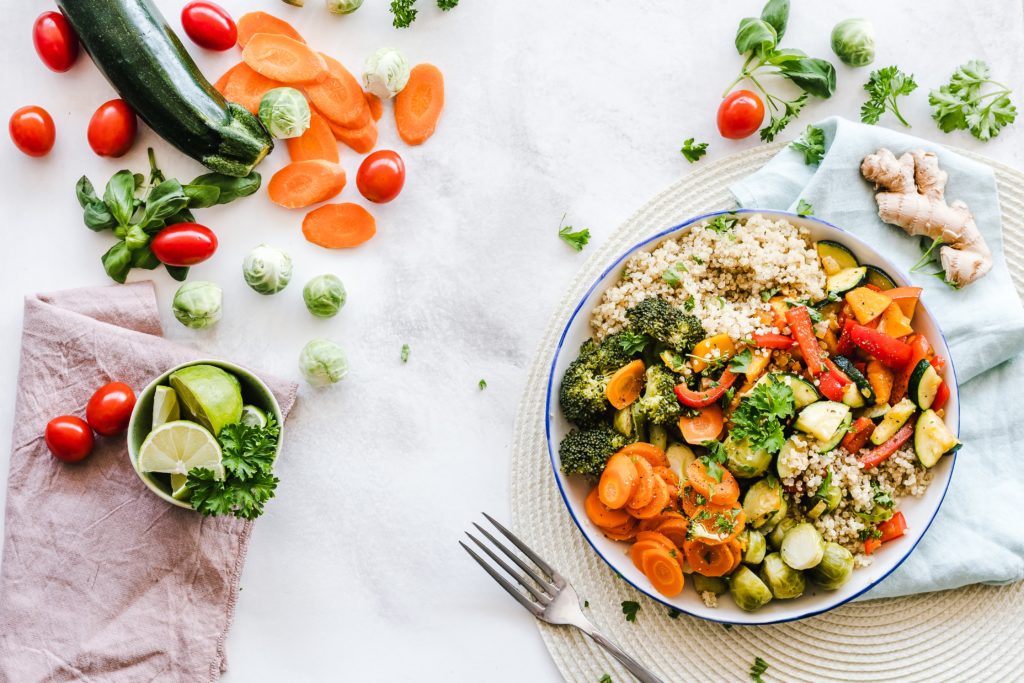
Many people complain of gastrointestinal problems. One of the most common is gastroesophageal reflux disease, or reflux.
A graduate in nutrition at the Irish Institute of Health Sciences and the founder of the BODY school, told us what it is and what to do to alleviate one’s condition.
What is GERD?
GERD (gastroesophageal reflux disease) is a common disease with typical complaints of chest discomfort and heartburn after eating. The main reason for complaints of GERD is the dumping of stomach contents into the esophagus. This content is often acidic, but may have a different reaction or contain bile. The mucous membrane of the esophagus is less adapted to the aggressive action of acid than the stomach, so GERD can lead to inflammation of the esophagus (esophagitis) and even ulceration.
Symptoms of GERD
• Heartburn, which feels like a burning sensation in the chest
• Regurgitation – when acid and undigested food return to your throat or mouth
• Hoarse voice or sore throat
• Cough of unknown origin
• Nausea or vomiting
Other symptoms may include pain in the abdomen or chest, as well as difficulty swallowing.
The spread of GERD has led to frequent use of therapy with PPIs (proton pump inhibitors – omeprazole, esomeprazole, etc.). However, diet and lifestyle modifications still remain first-line therapy.
What shall I do?
It is important to understand that if you are overweight, the treatment of GERD should begin with a gradual weight loss – at least 5-6% in 6 months. It is also necessary to give up smoking (or at least reduce the number of cigarettes smoked per day).
Now about the food
Some foods are frequent triggers of symptoms. They relax the lower esophageal sphincter, which contributes to the dumping of stomach contents. Also, such food slows down the digestive process, allowing food to stay longer in the stomach.
What are these products?
These are foods high in fat, salt and some spices:
• fried food;
• pizza;
• potato chips and other processed snacks;
• chili powder and other peppers (white, black, cayenne);
• fatty meats such as bacon and sausage;
• cheese.
Other products that can cause the same problem include:
• tomato-based sauces and citrus fruits (due to the acid content);
• chocolate (retains food in the stomach and stimulates the release of hydrochloric acid);
• peppermint (relaxes smooth muscles in the digestive system. This reduces spasms, but increases reflux);
• carbonated beverages, especially those high in phosphoric acid (increase the filling of the stomach with gases, which promotes reflux).
Interestingly, a recent meta-analysis showed that there is no clear link between coffee intake and GERD symptoms, but try not to drink coffee more than three times a day and in the afternoon.
It is important to understand that the symptoms and reactions to certain foods are very individual. Because of this, you should not give up all these products, especially if you love them. It is more important to exercise moderation in the consumption of any food and keep a notebook where you write down what is causing the symptoms in you.
Products that help prevent acid reflux
The good news: there are many foods you can safely eat to prevent acid reflux. Fill your kitchen with products from these three categories:
1. Products high in fiber. This food maintains satiety longer, reduces overeating and prevents heartburn (oatmeal, couscous, brown rice, roots such as carrots and beets, and a variety of green vegetables).
2. Food with alkaline pH, which can help compensate for the effects of stomach acid. Alkaline products include bananas, melons, cauliflower, fennel and nuts.
3. Watery products. Eating foods high in water can partially dilute and weaken stomach acid. These include all juicy fruits and vegetables.
You can also use low- and medium-fat dairy products to reduce heartburn quickly. For the same purpose, you can use alkaline mineral waters without gas, such as Luzhanskaya, Polyana or Borjomi. Please note that prolonged use of such waters is prohibited (more than one month in a row). Figs and drinks with it also help to cope with nausea.
So what can you do to feel better?
1. Lose weight (if you are overweight).
2. Get some sleep. Researcher Murase and his team showed that a decrease in sleep duration is associated with poor eating habits and increased symptoms of GERD.
3. Raise the headboard by 15-20 cm. This can be done by placing a large pillow under the head, rubber blocks under the two legs of the bed or a foam wedge under the mattress.
4. Follow your diet.
5. Avoid late meals. Lying on a full stomach can worsen reflux. Try to plan a meal at least 2-3 hours before bedtime.




